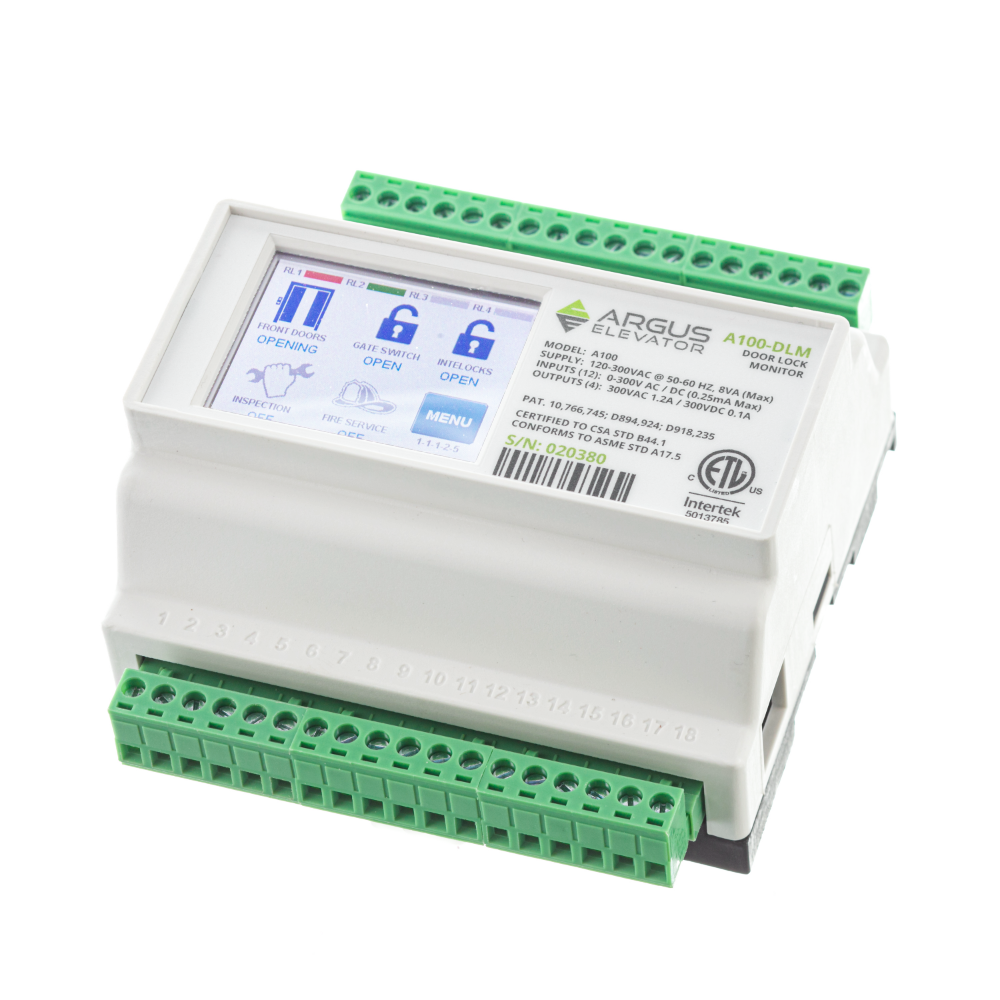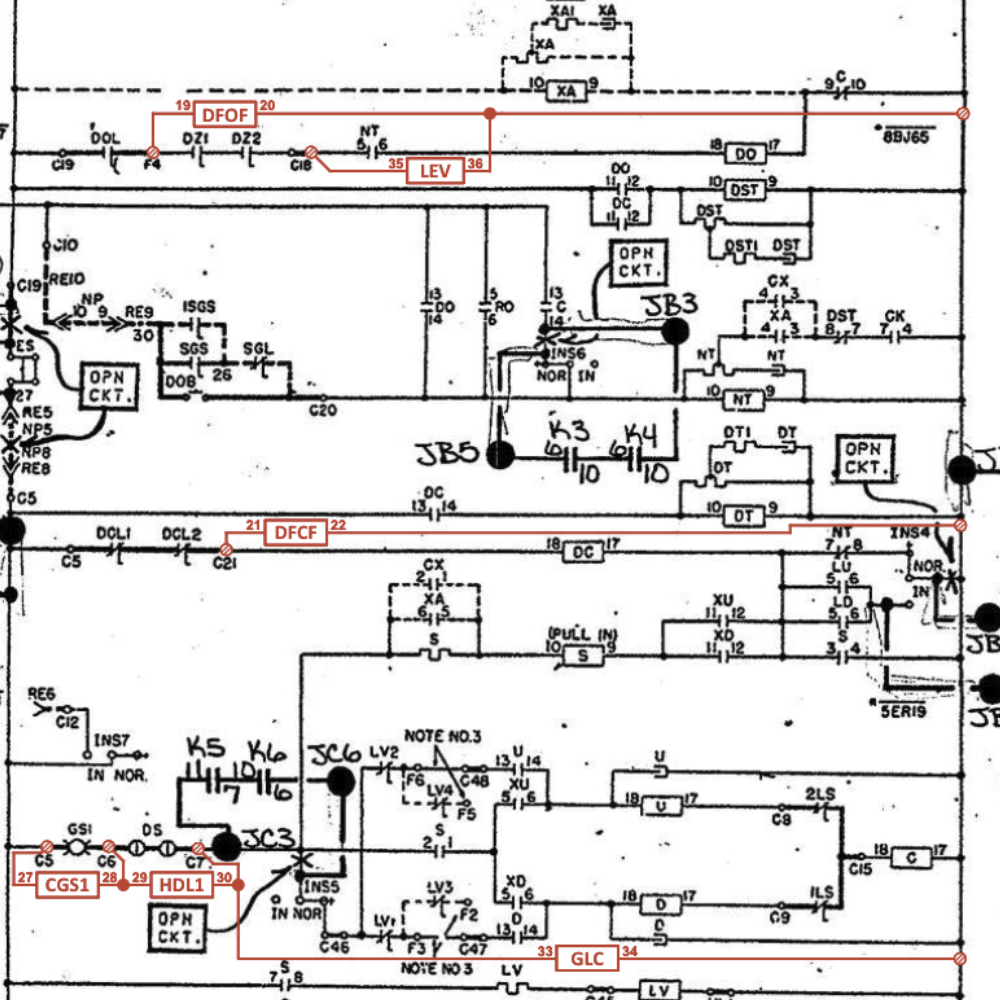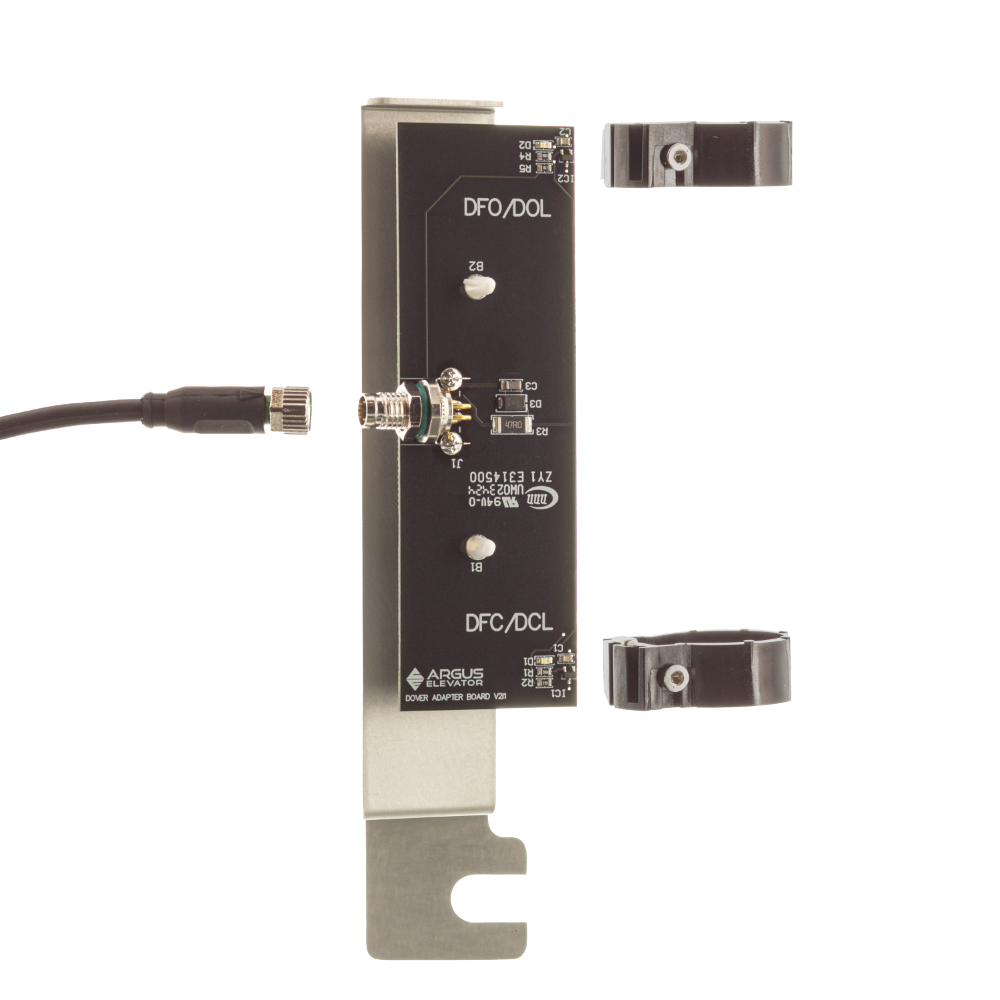How to Tell if your Elevator Has DLM? – Steps 1 & 2
How to Tell if your Elevator Has DLM? – Steps 1 & 2
How to Tell if Your Elevator Already Has DLM Installed? – Steps 1&2
This is the fourth installment in a six-part series on door lock monitoring (DLM). In this series, we’re addressing some of the most common questions we receive about DLM. If you still have additional questions after reading, we’d be happy to schedule time to discuss them further.
In our last post, we explored the reasons for door lock monitoring. In this installment, we’ll cover two steps to see if an elevator has DLM implemented. Steps three and four will be discussed in the next installment.
This post is intended for OEMs and independent contractors. If you are a building owner or maintenance professional, we recommend contacting your elevator contractor or consultant to perform an on-site compliance assessment for door lock monitoring.
1. Look for Signs
If you’re unsure whether DLM is implemented in an elevator, a good starting point is to examine the hardware or wiring. DLM requires monitoring the door locks and gate switches, so these must be measured independently.
No DLM: If the gate switches and door interlocks are wired in series without a way to measure them independently, it’s a clear sign that DLM is not in place.
Potential DLM If the gate switches and door locks are wired independently, there’s additional circuitry on the schematics to isolate portions of the circuit, or one side of the gate switches and door locks is labeled as a monitor input to the controller, these are signs that DLM may be in place.
Important Note: Even if the wiring and circuitry for DLM are present, this doesn’t guarantee it is implemented. The controller may require activation of this functionality via parameter settings or a firmware upgrade.
2. Check the Installation Year
Before 2000: DLM was first adopted in the 2000 edition of ASME A17.1. Elevators installed before 2000 typically lack the necessary hardware for DLM.
Early 2000s: Elevators installed in this period may have DLM-related hardware, as controllers were being designed to comply with the 2000 code. However, since not all states mandated DLM, it often requires firmware updates or parameter activation to enable the feature.
2010s: Elevators installed during this time are likely to have both the hardware and firmware for DLM, with parameters activated. While it’s probable that DLM is active, you should confirm this with the controller manufacturer to be certain.
Late 2010s and Beyond: If your state implemented DLM for new installations before requiring it for existing elevators, check the specific requirement date. If your elevator was installed after this date, it’s very likely that DLM is in place.
We hope you learned something new today and enjoyed reading our fourth post in this series. In the next post, we will cover steps 3 and 4.




